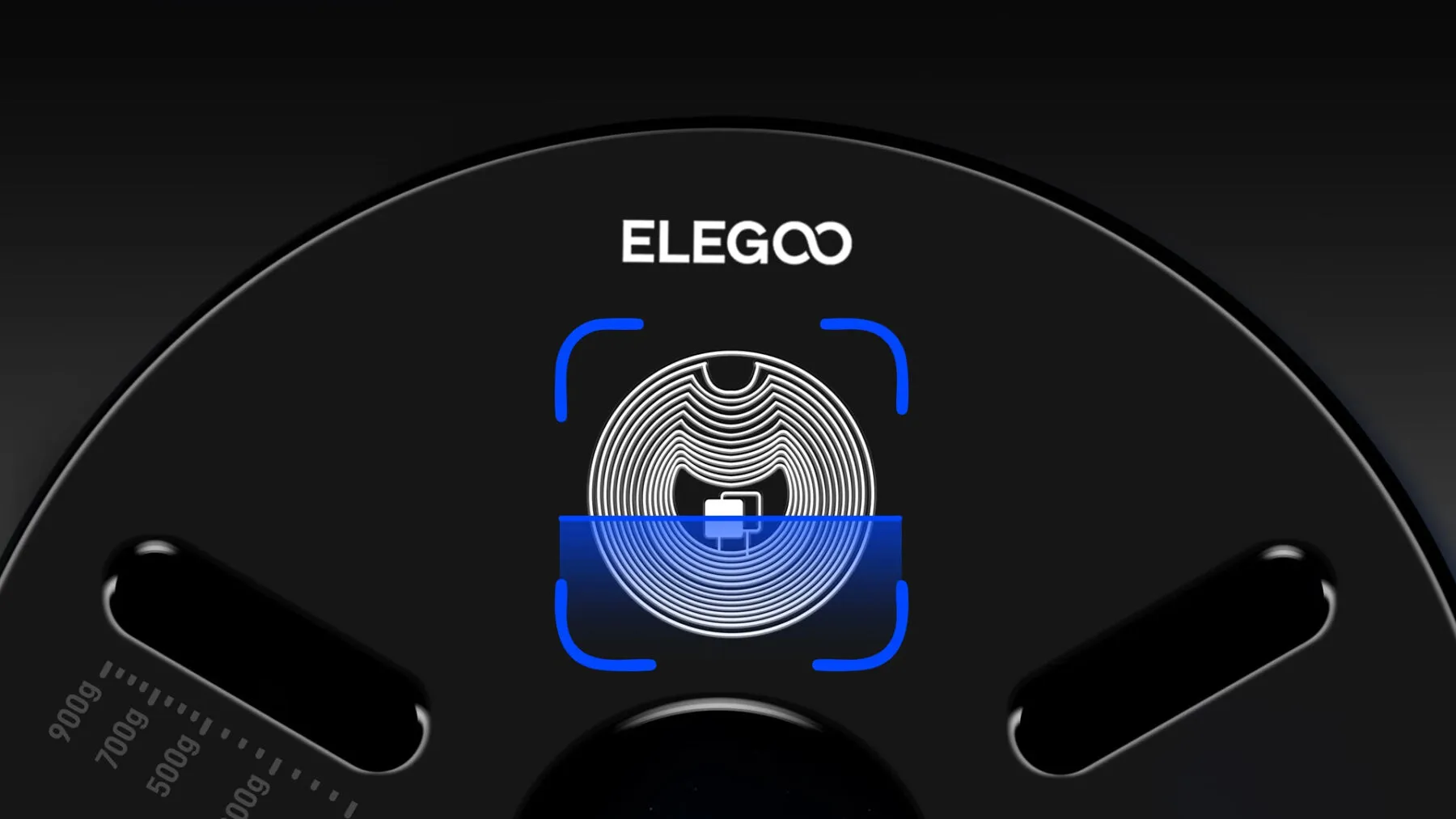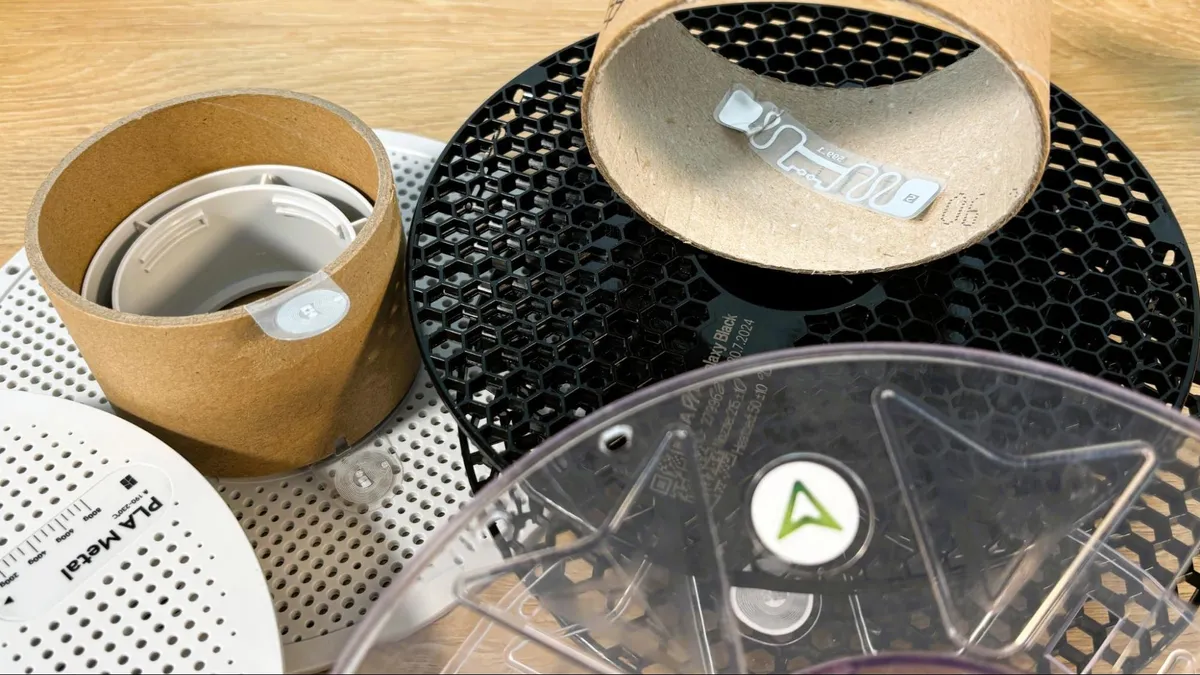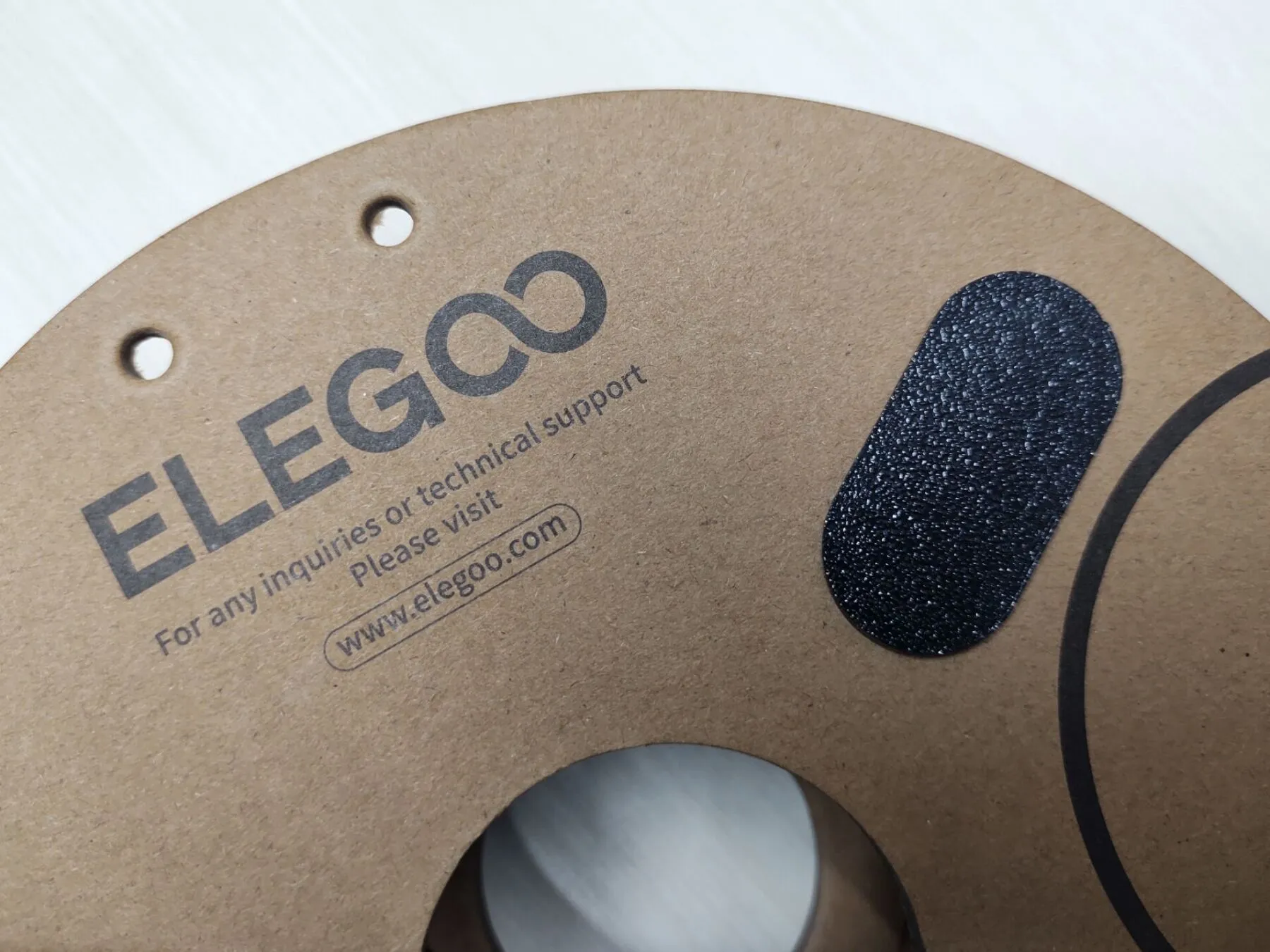Elegoo will implement automatic filament change and open up RFID standards

Elegoo has confirmed the launch of an automatic filament change system for color 3D printing in its Centauri series of printers. The new technology will be available in the third quarter of 2025 and will be the first in the industry to offer an open RFID standard for filament management.
Open RFID system will change filament management
Now major manufacturers, including Bambu Lab, Creality and Anycubic, use RFID tags in spools of filament to transmit data on material type, color and other characteristics. But these solutions only work within closed ecosystems: each company only supports its own tags, and third-party consumables are difficult to use.
At the moment, large manufacturers including Bambu Lab, Creality, and Anycubic are using RFID tags in filament spools to communicate material type, color, and other characteristics.

Elegoo is proposing a completely open RFID architecture. The tags will store information about the type, color, brand, and remaining weight of the filament. The company says the data structure has already been published on GitHub. Users will be able to create or modify tags to suit their own tasks, as well as develop compatible consumables. Elegoo emphasizes that the goal of the system is to promote interoperability between brands and support industry standards.
The system is designed to help users create or modify tags to suit their own applications and develop compatible consumables.
“We aim to create a flexible, intelligent and open RFID ecosystem that will be the result of collaborative work with the community,” the company said in a statement. Elegoo is actively gathering feedback via GitHub and social media to refine the tagging framework and incorporate user suggestions.
“We are committed to building a flexible, intelligent and open RFID ecosystem that is a collaborative effort with the community,” the company said in a statement.
Automatic filament change capabilities
A new feature will allow you to load multiple spools of filament in different colors and automatically switch between them during printing. This will reduce model preparation time and simplify the process of printing complex multi-layer or color objects.
A new feature will allow you to load multiple spools of filament with different colors and automatically switch between them during printing.

The use of an open RFID standard will also help avoid being tied to a single manufacturer’s consumables. As Bambu Lab users have pointed out, the RFID system is often misleading, giving the impression that printers only support their own reels.
Why it matters
The introduction of an open RFID system will make it easier for users to navigate materials and for developers to create new print management solutions. For example, it will be possible to add tags to existing reels or automatically adjust print settings in a slicer without having to manually check the data on the reels and in AMS.
An open RFID system will allow users to more easily navigate materials and developers to create new print management solutions.
According to experts, open RFID standards could be a step toward unifying the 3D printing market and spur the development of new features for multicolor printing and process automation.
The story Elegoo to introduce automatic filament change and open RFID standards was first published on ITZine.ru.








